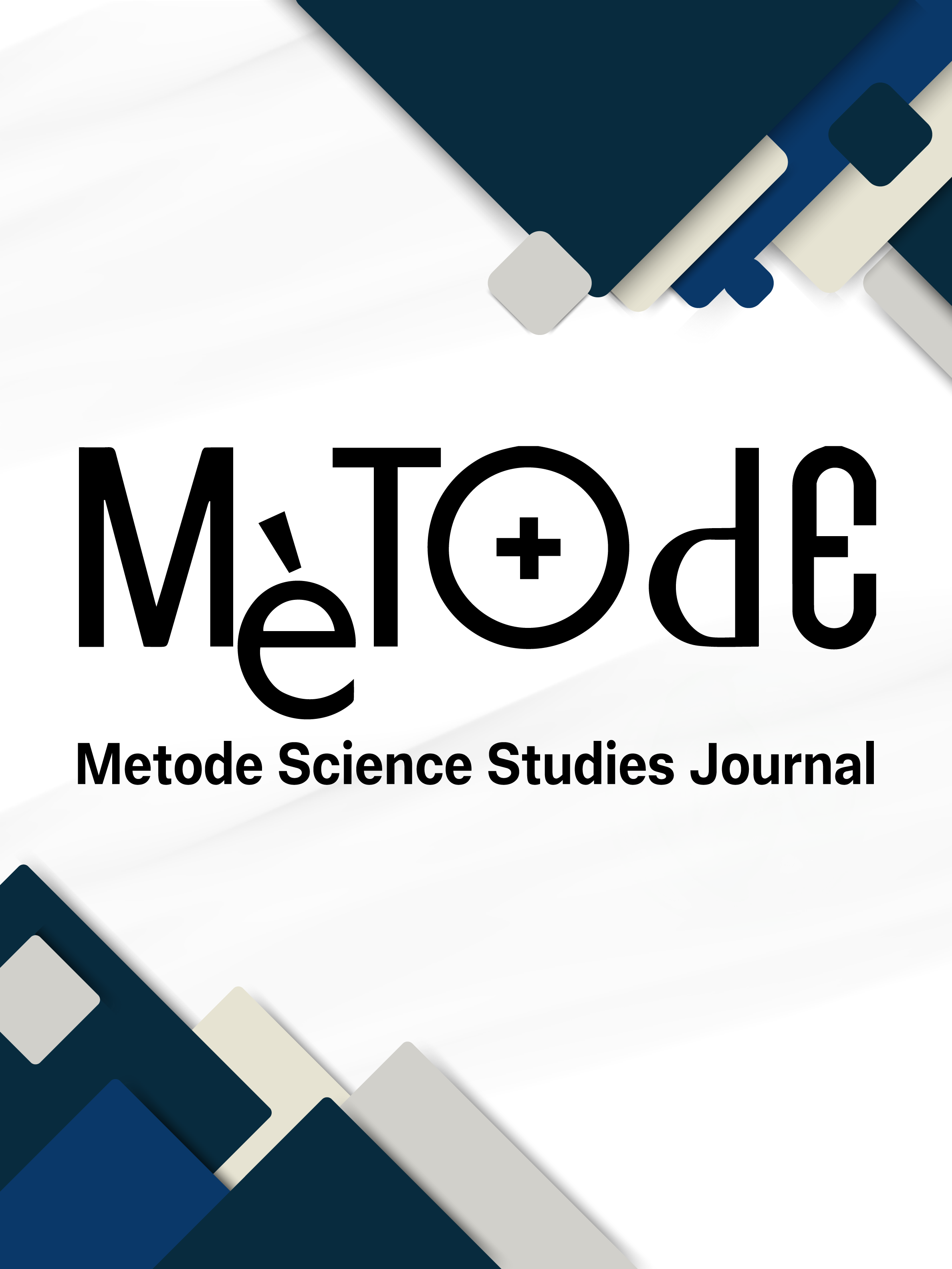Evolució lingüística 'in silico'
De dades a gran escala a agents artificials que creen llengües des de zero
DOI:
https://doi.org/10.7203/metode.15.27692Paraules clau:
universals, tipologia, intel·ligència artificial, evolució, llenguatge Resum
Resum
Tots parlem una llengua i tenim una certa intuïció al respecte: des del vocabulari fins a la forma d’ajuntar les paraules d’acord amb la seua gramàtica. No obstant això, encara ens queden moltes coses per entendre sobre els processos que fan el llenguatge possible i en donen forma a l’evolució. Els avanços computacionals recents ens han permès abordar aquestes qüestions des de nous angles. Aquest article destaca els mètodes i descobriments que ha portat l’era de la computació, des de l’aprenentatge a partir de dades a gran escala provinents de milers d’idiomes fins a l’evolució de llengües creades per la intel·ligència artificial.
 Descàrregues
Descàrregues
 Referències
Referències
Bouchacourt, D., & Baroni, M. (2018). How agents see things: On visual representations in an emergent language game. In E. Riloff, D. Chiang, J. Hockenmaier & J. Tsujii, Proceedings of the 2018 Conference on Empirical Methods in Natural Language Progressing (p. 981–985). Association for Computational Linguistics.
BigScience Workshop. (2023). BLOOM: A 176B-parameter open-access multilingual language model. arXiv. https:/doi.org/10.48550/arxiv.2211.05100
Brochhagen, T., & Boleda, G. (2022). When do languages use the same word for different meanings? The Goldilocks principle in colexification. Cognition, 226, 105179. https://doi.org/10.1016/j.cognition.2022.105179
Brochhagen, T., Boleda, G., Gualdoni, E., & Xu, Y. (2023). From language development to language evolution: A unified view of human lexical creativity. Science, 381(6656), 431–436. https://doi.org/10.1126/science.ade7981
Chaabouni, R., Kharitonov, E., Dupoux, E., & Baroni, M. (2019). Anti-efficient encoding in emergent communication. In Proceedings of NeurIPS 2019 (33d Conference on Neural Information Processing Systems) (p. 6290–6300). Curran Associates.
Corballis, M. C. (2008). Not the last word. American Scientist, 96(1), 68–70.
Deng, J., Dong, W., Socher, R., Li, L.-J.,Li, K., & Fei-Fei, L. (2009). ImageNet: A large-scale hierarchical image database. In IEEE Computer Vision and Pattern Recognition (CVPR) (p. 248–255). https://doi.org/10.1109/CVPR.2009.5206848
Kemp, C., & Regier, T. (2012). Kinship categories across languages reflect general communicative principles. Science, 336(6084), 1049–1054. https://doi.org/10.1126/science.1218811
Lazaridou, A., & Baroni, M. (2020). Emergent multi-agent communication in the deep learning era. arXiv. https://doi.org/10.48550/arXiv.2006. 02419
Rzymski, C., Tresoldi, T., Greenhill, S. J., Wu, M.-S., Schweikhard, N. E., Koptjevskaja-Tamm, M., Gast, V., Bodt, T. A., Hantgan, A., Kaiping, G. A., Chang, S., Lai, Y., Morozova, N., Arjava, H., Hübler, N., Koile, E., Pepper, S., Proos, M., Van Epps, B., ... List, J.-M. (2020). The database of cross-linguistic colexifications, reproducible analysis of cross- linguistic polysemies. Scientific Data, 7, 13. https://doi.org/10.1038/s41597-019-0341-x
Seifart, F., Paschen, L., & Stave, M. (2022). Language Documentation Reference Corpus (DoReCo) 1.2. [Archive material]. Leibniz-Zentrum Allgemeine Sprachwissenschaft & laboratoire Dynamique Du Langage (UMR5596, CNRS & Université Lyon 2). https://doi.org/10.34847/nkl.7cbfq779
Passmore, S., Barth, W., Greenhill, S. J., Quinn, K., Sheard, C., Argyriou, P., Birchall, J., Bowern, C., Calladine, J., Deb, A., Diederen, A., Metsäranta, N. P., Araujo, L. H., Schembri, R., Hickey-Hall, J., Honkola, T., Mitchell, A., Poole, L., Rácz, P. M., ... Jordan, F. M. (2023). Kinbank: A global database of kinship terminology. PLOS ONE, 18(5), e0283218. https://doi.org/10.1371/journal.pone.0283218
Xu, Y., Duong, K., Malt, B. C., Jiang, S., & Srinivasan, M. (2020). Conceptual relations predict colexification across languages. Cognition, 201, 104280. https://doi.org/10.1016/j.cognition.2020.104280
Zaslavsky, N., Kemp, C., Regier, T., & Tishby, N. (2018). Efficient compression in color naming and its evolution. Proceedings of the National Academy of Sciences, 115(31), 7937–7942. https://doi.org/10.1073/pnas. 1800521115
Publicades
Com citar
-
Resum147
Número
Secció
Llicència
Drets d'autor (c) 2024 CC BY SA

Aquesta obra està sota una llicència internacional Creative Commons Reconeixement-CompartirIgual 4.0.
![]()
Tots els documents inclosos en OJS són d'accés lliure i propietat dels seus autors.
Els autors que publiquen en aquesta revista estan d'acord amb els següents termes:
- Els autors conserven els drets d'autor i garanteixen a la revista el dret a la primera publicació del treball, llicenciat baix una llicència de Reconeixement-NoComercial-SenseObraDerivada 4.0 Internacional de Creative Commons, que permet a altres compartir el treball amb un reconeixement de l'autoria del treball i citant la publicació inicial en aquesta revista.
- Es permet i s'anima els autors a difondre la versió definitiva dels seus treballs electrònicament a través de pàgines personals i institucionals (repositoris institucionals, pàgines web personals o perfils a xarxes professionals o acadèmiques) una vegada publicat el treball.





